Google Pixel 7a vs Google Pixel 6a: Should you upgrade?
We may earn a commission if you make a purchase from the links on this page.

Intro
As all good things come to an end, so does the Pixel 6a has to throw in the towel and welcome its successor, the newly-announced Google Pixel 7a. With a refreshed design, improved camera, and improved internals, the Pixel 7a is a decent follow-up to the Pixel 6a, but definitely not much better in any way.
At $499, the Pixel 7a is a slightly tougher morsel to swallow, especially if you consider the fact that immediately after its announcement, the Pixel 6a dropped down to $349, which is a killer price for a still perfectly capable phone!
What are the intricate differences between the Pixel 7a and the Pixel 6a, and is there anything remotely intriguing to warrant an upgrade from last year's superb affordable Pixel phone? Should you upgrade?
Well, if you're currently using a Pixel 6a and have not experienced any of the horror stories that usually surround Pixel phones, then I wouldn't say you have a very big incentive to get the Pixel 7a. Sure, it has some fresh nice-to-haves, but overall, the Pixel 6a will deliver the same overall experience.
The Pixel 8 series is official, but in early 2024, the rumors about a potential Pixel 8a are seriously ramping up. We should probably expect the Pixel 7a successor sooner rather than later.
Pixel 7a vs Pixel 6a in a nutshell:
- Tensor G2 (Pixel 7a) vs Tensor G1 (Pixel 6a)
- 90Hz OLED (Pixel 7a) vs 60Hz OLED (Pixel 6a)
- 64MP wide, 13MP ultra-wide (Pixel 7a) vs 12MP wide, 12MP ultra-wide (Pixel 6a)
- Refreshed design (Pixel 7a)
- 8GB RAM (Pixel 7a) vs 6GB RAM (Pixel 6a)
Table of Contents:
Read more:
- Pixel 7a Review
- Pixel 7 Review
- Pixel 6a Review
- Google Pixel 8a vs Pixel 6a: What's new in two years of evolution
Design and Display Quality
Core Pixel DNA
Being a direct successor to the Pixel 6a but also drawing lots of inspiration from the new Pixel 7 family as well, the Pixel 7a is a phone that carries that unmistakable Pixel DNA in itself. Little has changed, and at the same time, the Pixel 7a is quite different from the Pixel 6a.
Hate it or love it, the black camera strip at the back of the Pixel 6a goes down in history and makes way for the Pixel 7a's emphasized metal camera bar. I personally loved how unique the so-called 3D Metal Visor. This one seamlessly blends with the anodized aluminum side frame of the phone and ensures a bolder and more pronounced new look.
From a design perspective, it probably wouldn't be very surprising to see that the Pixel 7a and the Pixel 6a are mostly similar when observed from the front. Both devices have similarly-sized 6.1-inch OLED screens, relatively thick bezels that you will eventually get used to, and the good ol' punch-hole camera cutout. No headphone jacks, no microSD card expansion slots, and the usual button placement on all sides. The fingerprint scanner is, once again, embedded within the display, but we have Face Unlock on the Pixel 7a.
And yes, the Pixel 7a feels slightly heavier than the Pixel 6a, but not overbearingly so.
Speaking of the screen, while there are seemingly lots of similarities (6.1-inch size, OLED technology, FHD+ resolution), an important new feature of the Pixel 7a makes it a much more intriguing device. With a 90Hz screen refresh rate, the new device will provide much smoother interface navigation, a step up from the traditional 60Hz screen that the Pixel 6a carries. This is an important feature, definitely one of the more impressive nice-to-haves in the sub-$500 category.
Display Measurements:
In real life, you will find some minor differences between the two phones. The Pixel 7a has a marginally higher maximum brightness and refresh rate (if you enable it), but otherwise, colors, contrast, and viewing angles are similar on both.
Performance and Software
Tensor this, Tensor that
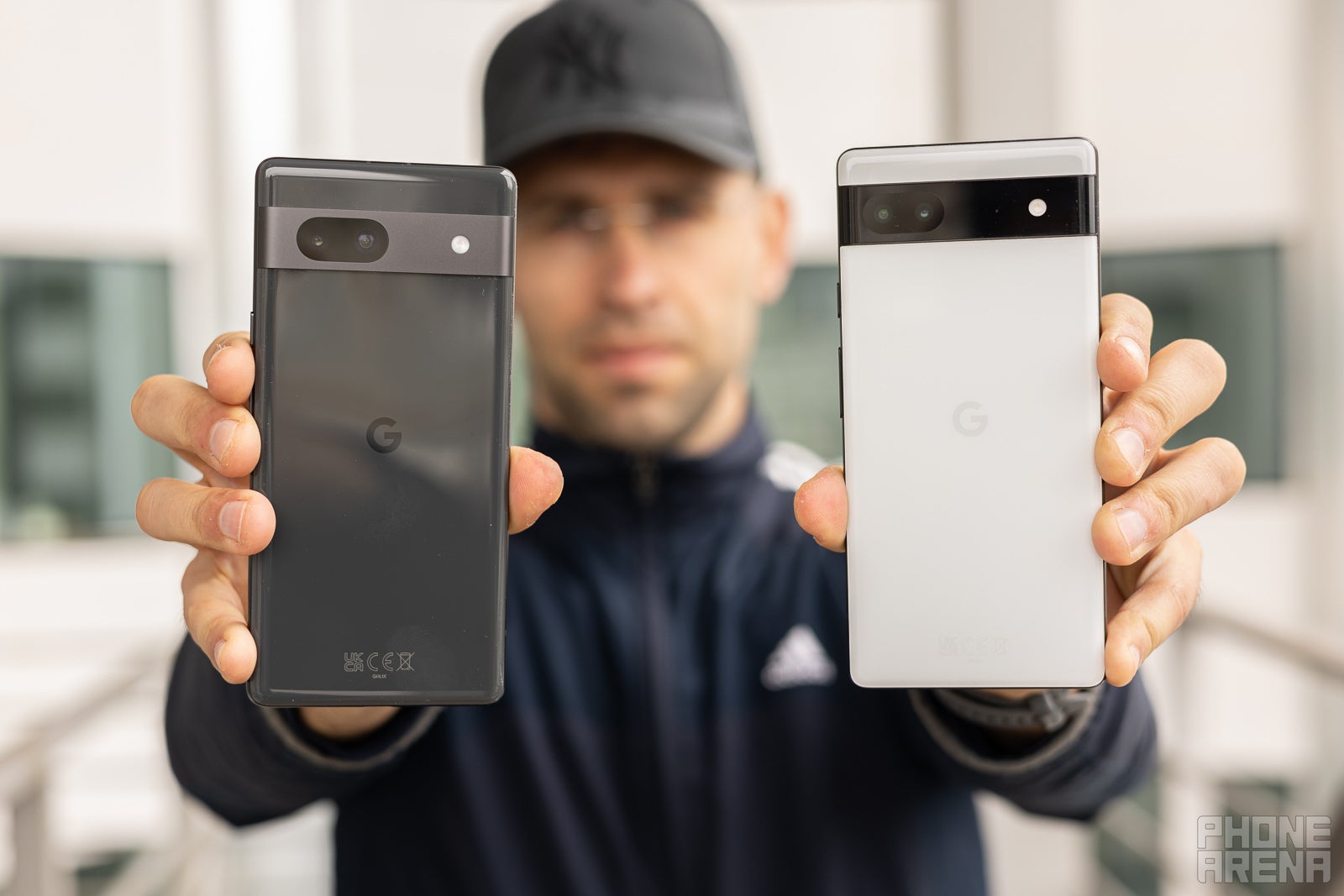
Having debuted on the Pixel 7 series in late 2022, the Tensor G2 chipset powers the new Pixel 7a, with all of its artificial intelligence and machine-learning chops on deck. Yes, the same processor that's responsible for doing the heavy-lifting inside Google's latest flagships is on the Pixel 7a, which is a major, major selling point of the new device. Meanwhile, the Pixel 6a comes with the Tensor G1 chipset, which actually isn't that far off from its successor.
What are the main differences between the two chips? Few in-between, actually. Both the Tensor G1 and G2 come with a 2+2+4 chipset configuration, consisting of two high-performance ARM Cortex-X1 cores and four Cortex-A55 ones. Yet, the Tensor G1 uses the Cortex-A76 mid-range cores, while the Tensor G2 has the slightly faster Cortex-A78 cores. This is why the raw performance difference between the two chips isn't that big, so no, the Tensor G2 isn't much faster than its predecessor.
Performance Benchmarks:
In real life, don't expect to notice a substantial difference either. Both phones are perfectly capable of running through your daily schedule with gusto, capably juggling between apps and activities. The only slight issue you might notice is in gaming: while neither phone will overheat during gaming, expect some frame drops during prolonged gaming sessions, as well as a big hit on your battery life.
Another difference between the Pixel 7a and the Pixel 6a is the amount of RAM on board - 8GB vs 6GB. That's a big leap in available memory which can potentially improve the multitasking prowess of the new device and make it way more future-proof.
Camera
Promising changes
Both devices utilize dual-camera layouts at the back, pairing wide and ultra-wide lenses, but that's where most similarities end.
While the Pixel 6a relies on one of Google's favorite camera sensors which was used on many Pixel phones throughout the years, the Sony IMX363, the Pixel 7a will adopt a brand new sensor. A 64MP 1/1.7-inch Sony IMX787-powered camera will be carrying the torch for the Pixel 7a, a rather stark improvement over the 12.2MP 1/2.55-inch Sony IMX363 wide camera on the Pixel 6a.
While the resolution alone is a big enhancement of its own, the much larger new sensor could potentially vastly improve the low-light capabilities of the Pixel 7a. Considering Google's heavy reliance on advanced image-processing algorithms and artificial intelligence, we'd expect the Pixel 7a to punch way above its weight and rival way more expensive devices in the camera department.
Main camera - Day
In broad daylight, you can expect mostly similar image quality from both phones. The Pixel 7a has that edge when it comes to detail, which can most certainly be traced back to the new sensor used. Colors also seem slightly less warm on the Pixel 7a, making them truer to real life.
And, if your subject would stay still for just a minute, you can reap great results with either phone.
Colors are lively––and lovely––on both phones, but I'd have to generally lean for the Pixel 7a, which delivers tones that are truer to real life. The signature dramatic Pixel look with its often gritty contrast and flatter dynamics is present on both the Pixel 7a and the Pixel 6a.
Zoom Quality
The 2X zoom mode on both phones is as far as I'd usually zoom, as the image quality quickly falls off once you get past 2X. The Pixel 6a has noticeably more over-sharpening, which gives it that "smartphone" look which isn't great. As far as I'm concerned, there's no excessive over-sharpening on the Pixel 7a, which delivers detail that looks way more natural in comparison.
Ultra-Wide Camera
The ultra-wide camera on the Pixel 7a is new, too. Unlike the Pixel 6a, which comes with a 12MP Sony IMX386-powered one, the Pixel 7a relies on a 13MP Sony IMX712 sensor for its ultra-wide shenanigans, which could also improve its imaging capabilities in this camera feature.
Most importantly, however, is the vastly expanded field of view on the Pixel 7a, which allows you to fit way more content in your photo. Fitting that much would require you to take a step back with the Pixel 6a, and doing that is not always possible: imagine you're trekking a mountainous backcountry.
Selfies
Selfies are similar on both the Pixel 7a and the Pixel 6a, with the most notable difference being this reviewer's inability to take two identical photos. In my defense, my glasses lost the battle against the bright May sun.
Audio Quality and Haptics
In terms of audio quality and haptics, the Pixel 7a sounds slightly more powerful than its predecessor, with a slightly wider soundstage and more pronounced mids. Base isn't particularly rich or deep, but overall, sound is quite enjoyable. You might not notice such a big difference in comparison with the Pixel 6a.
Haptics-wise, both phones provide a decent experience, with vibrations that feel largely okay, neither too tack-sharp nor too muddy.
Battery Life and Charging
Wireless charging is a go
The Pixel 7a comes with a 4,385mAh battery, a slight downgrade from the 4,410mAh one on the Pixel 6a. However, it's doubtful that you will notice a major difference due to the smaller battery cell.
In the PhoneArena custom web browsing battery test, which simulates a garden-variety web browsing with the screen set at 200 nits, the Pixel 7a lasts a few extra hours over the Pixel 6a. Technically, you could say that the difference in our web browsing test puts the Pixel 7a in the winning spot, but the margin is very thin. Finally, the biggest difference between the two devices can be seen in our gaming battery benchmark, which simulates a 3D gaming experience. In this exercise, the Pixel 6a lasts considerably more, but its screen only refreshes at up to 60Hz, so the Pixel 7a's noticeably 'weaker' result stems to the fact that it has a higher refresh rate and incapable of achieving a higher FPS count.
PhoneArena Battery Test Results:
And, just like with the Pixel 6a, don't expect to see a charger inside the Pixel 7a box. You will either have to buy straight from Google if you don't have a suitable charger, or rely on a third-party solution that might charge the phone slower.
Specs Comparison
So, what are the hardware Pixel 7a v Pixel 6a specs differences? Check these out in our dedicated table below:
| Specs | Pixel 7a | Pixel 6a |
|---|---|---|
| Dimensions | 6.00 x 2.87 x 0.35 inches (152.4 x 72.9 x 9 mm) | 5.99 x 2.83 x 0.35 inches (152.2 x 71.8 x 8.9mm) |
| Weight | 6.8 oz (193gr) | 6.28 oz (178.0gr) |
| Screen | 6.1-inch OLED, FHD+, 90Hz | 6.1-inch OLED, FHD+, 60Hz |
| Processor | Tensor G2 | Tensor G1 |
| RAM & storage | 8GB, 128GB | 6GB, 128GB |
| Rear Cameras | 64MP Sony IMX787 wide 13MP Sony IMX712 ultra-wide | 12.2MP Sony IMX363 wide 12MP Sony IMX386 ultra-wide |
| Front Camera | 13MP | 8MP |
| Battery Size | 4,385mAh | 4,410mAh |
| Charging Speeds | 18W wired, 7.5W wireless charging | 18W wired, no wireless charging |
| Price | $499 | $349 |
Summary and Final Verdict
So, is the Pixel 7a a better phone than its predecessor? Certainly. It improves some key aspects of the overall experience, but doesn't really break new ground. I guess we could say that incremental revolutionary steps is what Google has taken with its latest Pixel phone.
Does this mean you should upgrade from the Pixel 6a? No, not at all. The latter is still perfectly capable of holding its ground against the Pixel 7a. Sure, you get slightly upgraded hardware with the new phone, but aside from the 90Hz display, the rest of the changes don't overhaul the experience.
The Pixel 6a price drop to $349 following the announcement of the $499 Pixel 7a don't help the latter's case either. If you wish to squeeze out the best value out of a Pixel phone, it's hard to pass up the Pixel 6a. However, if you're coming from an older Pixel and plan on using your device for a long time, future-proofing yourself with the Pixel 7a makes sense.
Follow us on Google News

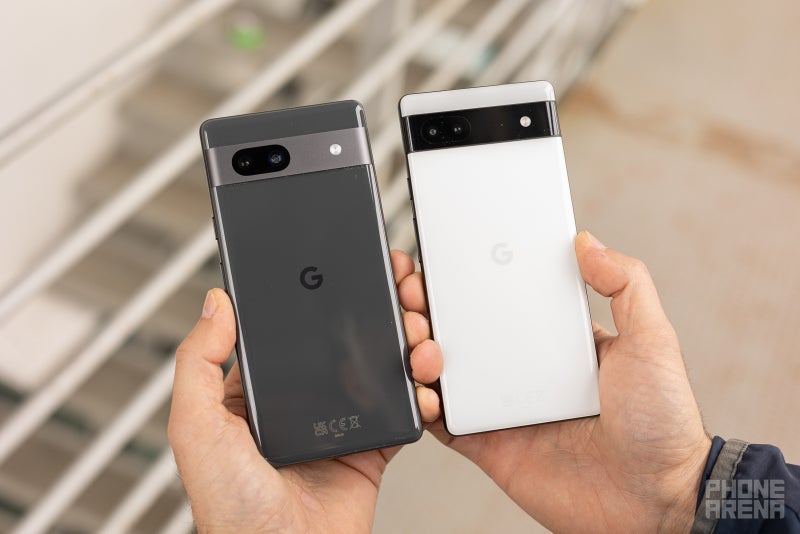
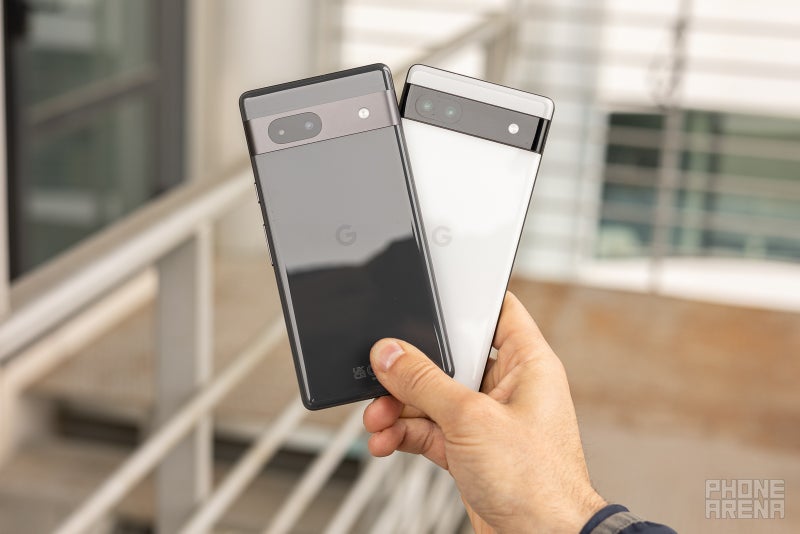
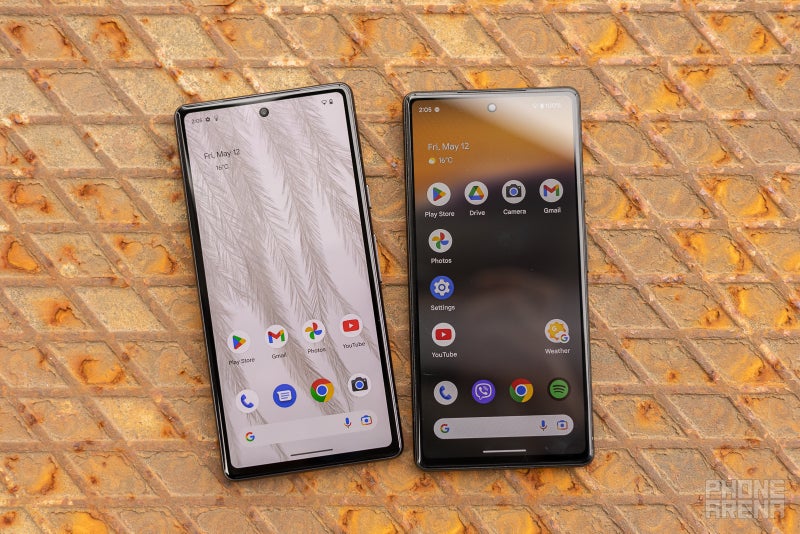
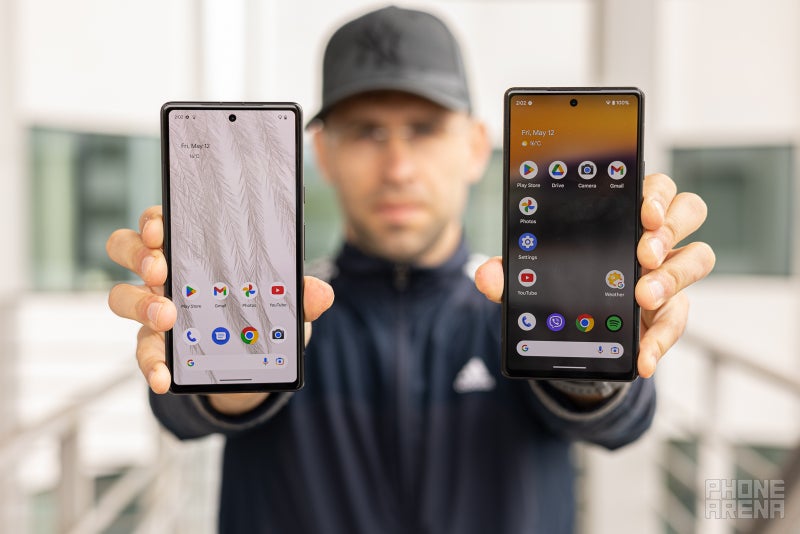
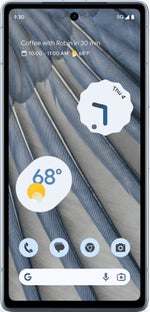
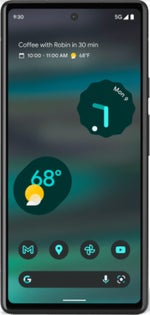








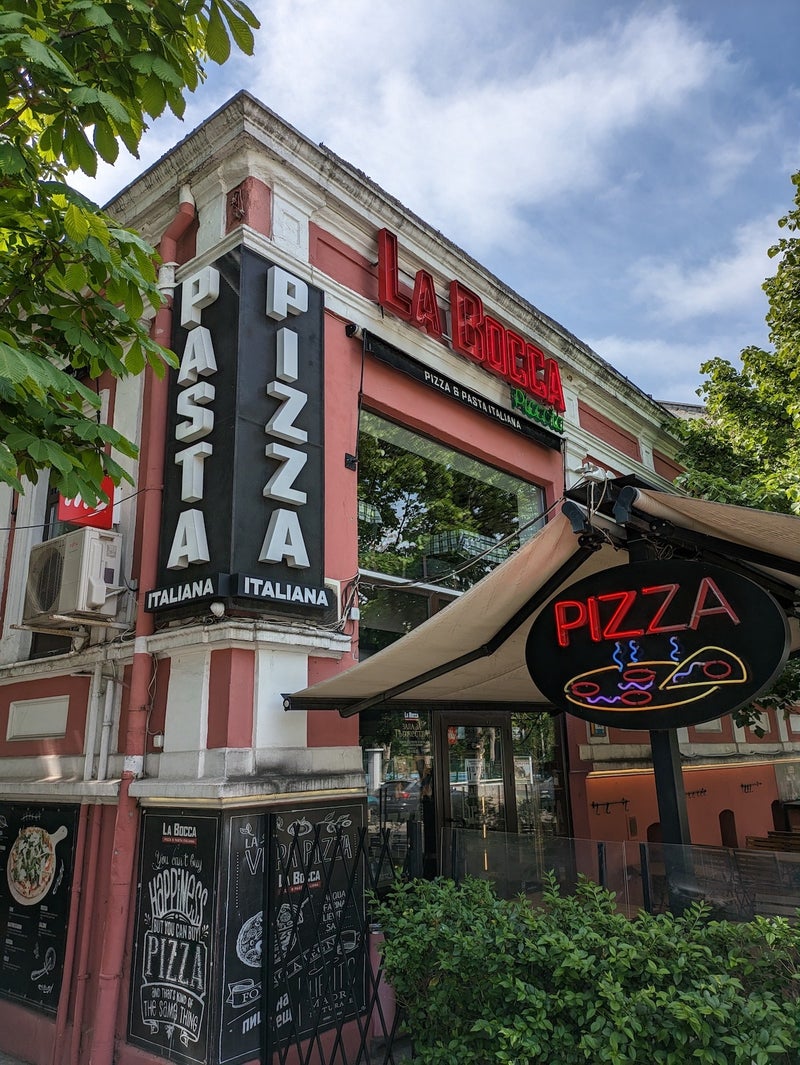
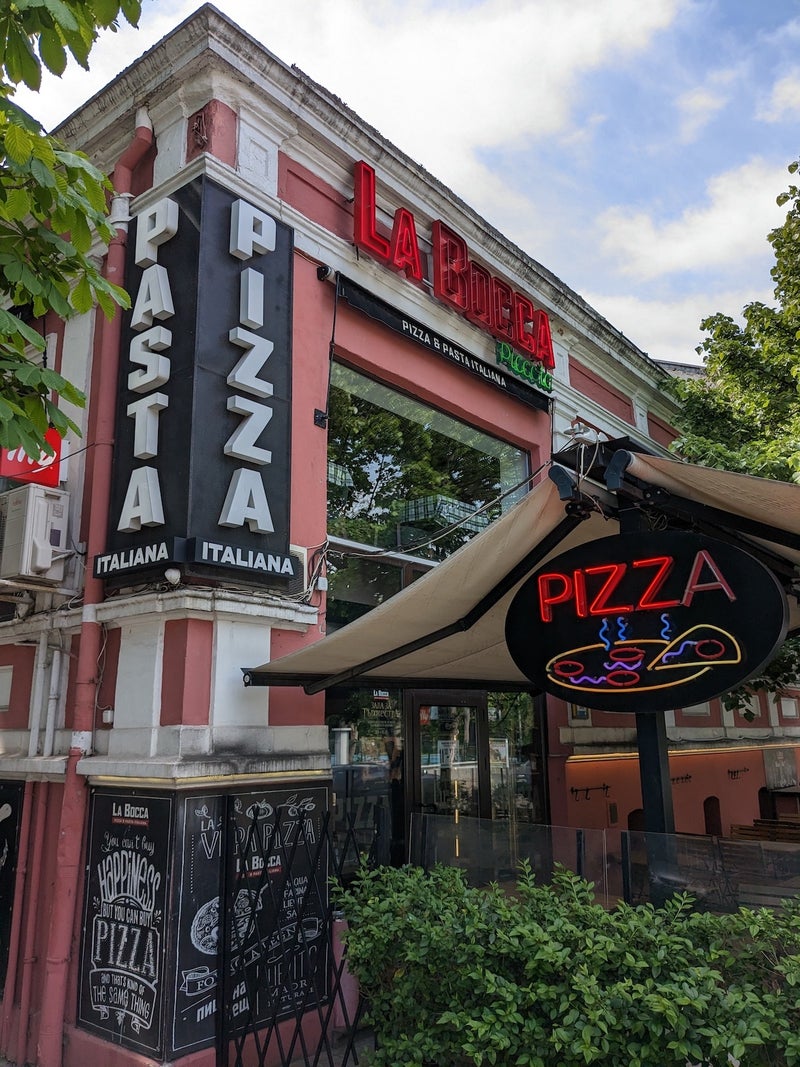





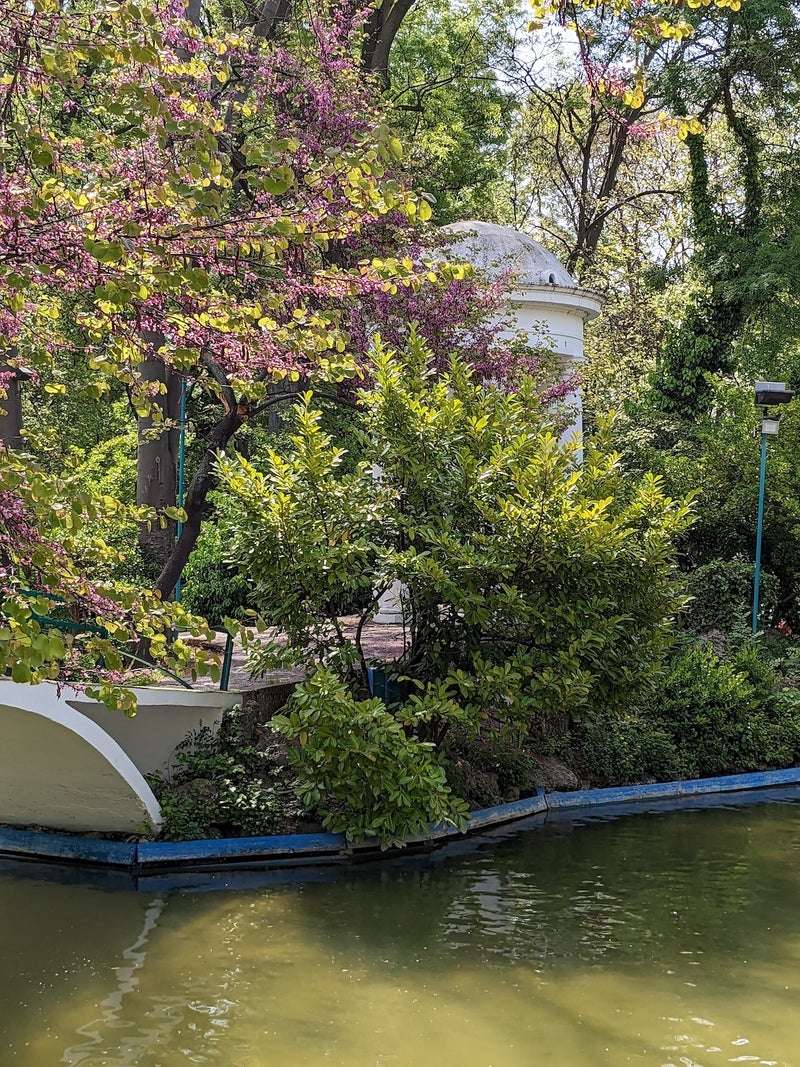










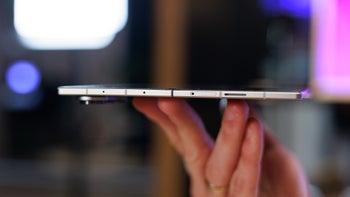






Things that are NOT allowed:
To help keep our community safe and free from spam, we apply temporary limits to newly created accounts: